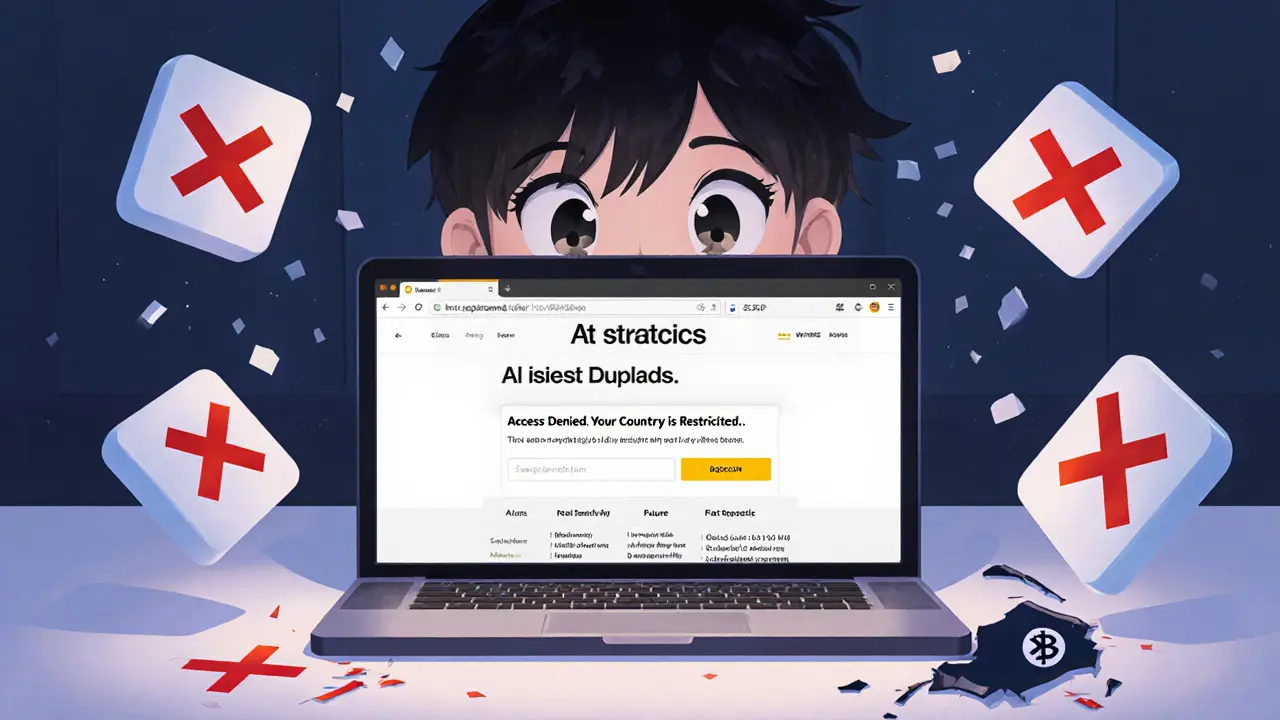Binance US Limits: What You Can and Can't Do on the Platform
When you use Binance US, a regulated cryptocurrency exchange operating in the United States under strict financial oversight. Also known as Binance.US, it's designed to comply with U.S. laws—unlike its global counterpart, which operates with far fewer restrictions. That means you’re not just trading crypto—you’re navigating a set of rules that affect everything from which coins you can buy to how much you can withdraw.
These Binance US limits, the official restrictions placed on trading volume, asset availability, and withdrawal amounts. Also known as exchange restrictions, they exist because Binance US must follow federal and state-level financial regulations, including KYC, AML, and licensing requirements. For example, you won’t find privacy coins like Monero or Zcash here. You also can’t trade with leverage or use advanced order types like stop-limit or trailing stops. Even withdrawal limits vary by user verification level: unverified users might be capped at $200 per day, while verified users can move up to $50,000 daily. These aren’t arbitrary—they’re legal boundaries.
And it’s not just about money. Supported cryptocurrencies, the specific digital assets approved for trading on Binance US. Also known as listed tokens, it’s a tightly curated list—only around 150 coins are available, compared to over 600 on Binance.com. That’s because each coin must pass legal and compliance reviews. Tokens with unclear teams, no audit, or high volatility often get cut. So if you’re chasing a new meme coin or a low-cap token, you’ll likely have to look elsewhere.
Why does this matter? Because if you’re trying to trade aggressively, use high-leverage strategies, or access global markets, Binance US will feel like a cage. But if you’re a U.S. resident who wants a safe, legal, and straightforward way to buy Bitcoin, Ethereum, or stablecoins without worrying about regulators knocking, it’s one of the cleanest options left.
Below, you’ll find real breakdowns of platforms and tokens that either clash with these limits or thrive outside them. Some posts expose low-liquidity tokens that Binance US won’t list. Others show how other exchanges—like Nexus Trade or DueDEX—bypass these rules entirely. You’ll also see how regulatory pressure shapes what’s available, and why some traders are forced to look beyond U.S. borders.
